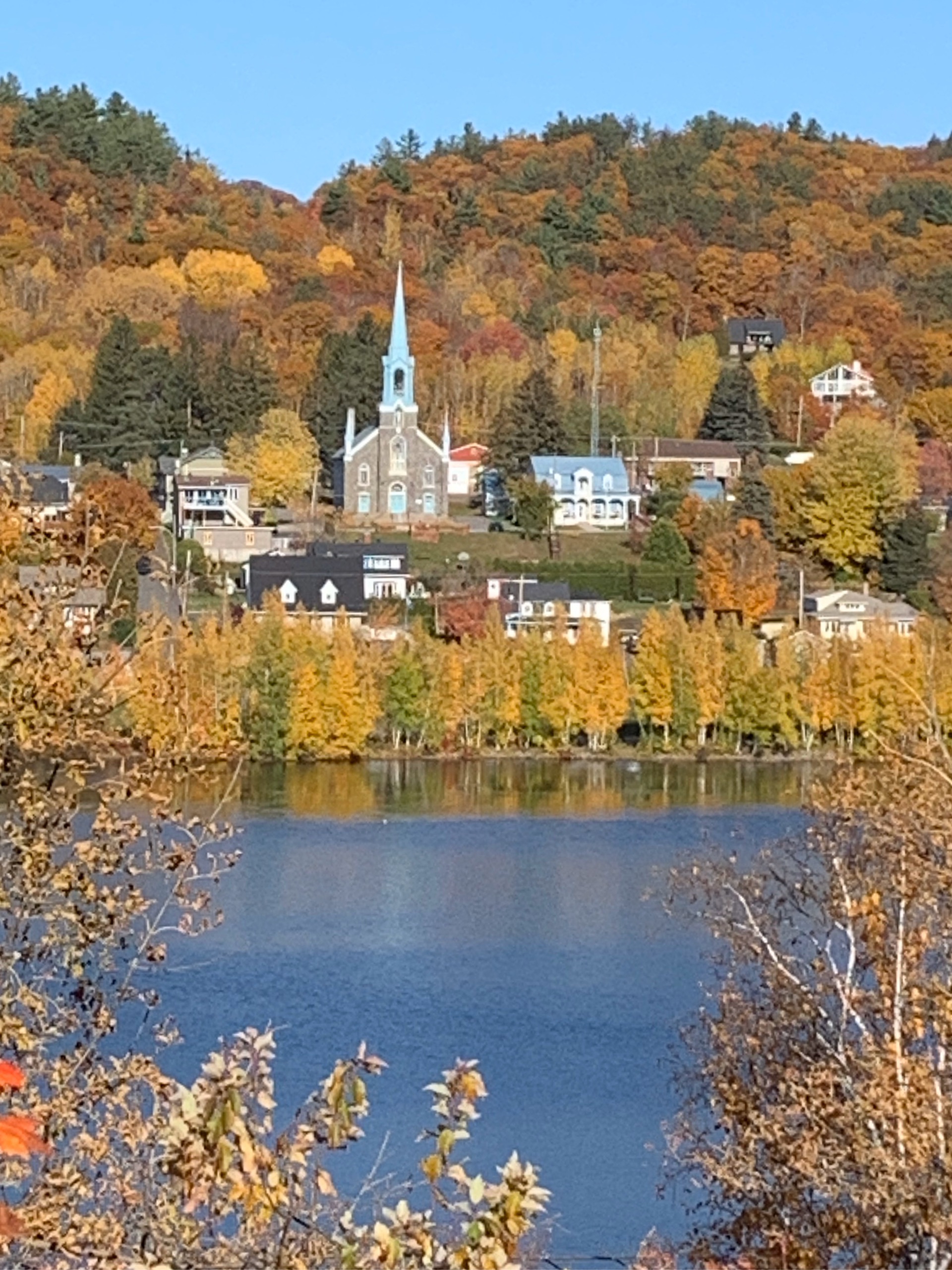Japan Travel
Tokyo’s Shinjuku Gyoen: Garden with Three Styles Attraction
Tokyo’s Shinjuku Gyoen: A Garden with Three Styles Attraction

In the heart of Tokyo, a city pulsating with neon lights and relentless motion, lies an oasis of tranquility and timeless beauty: Shinjuku Gyoen National Garden. Spanning 144 acres, this vast green sanctuary offers a rare escape from the urban frenzy, presenting a meticulously curated landscape where nature, art, and culture converge. What sets Shinjuku Gyoen apart from other urban parks is its unique design, featuring three distinct garden styles—Traditional Japanese, Formal French, and English Landscape—each representing a different philosophical and aesthetic approach to nature. This harmonious blend not only showcases the garden’s historical significance but also reflects Japan’s ability to embrace and refine global influences.
The origins of Shinjuku Gyoen date back to the Edo Period (1603–1868), when it was originally a private residence of the Naitō family, a powerful feudal clan. In 1903, it was transformed into an imperial garden, designed to entertain guests and serve as a retreat for the royal family. After World War II, the garden was opened to the public, symbolizing a new era of peace and democracy. Today, it stands as a national garden, beloved by both locals and tourists for its serene ambiance and breathtaking seasonal displays.
The most iconic of the three styles is the Traditional Japanese Garden, which embodies the principles of wabi-sabi (the appreciation of imperfection and transience) and shakkei (borrowed scenery). Here, visitors are transported into a world of refined elegance and contemplative beauty. The garden centers around large, serene ponds dotted with carefully placed islands, connected by charming wooden bridges. Each element is meticulously arranged to create a balanced composition that changes with the seasons. In spring, the cherry blossoms (sakura) transform the area into a pink-and-white paradise, attracting hanami (flower-viewing) parties. In autumn, the maple trees (momiji) blaze with fiery reds and golds, reflecting perfectly in the still waters of the ponds. Stone lanterns, pagodas, and carefully raked gravel patterns add to the authenticity, making it a living representation of Japanese landscape art.
In stark contrast, the Formal French Garden offers a glimpse into European elegance and symmetry. Designed in the style of the Gardens of Versailles, this section is characterized by its geometric precision, orderly flower beds, and radiating pathways. Rose gardens burst with color in late spring and early autumn, arranged in perfect rows and circles. The central axis, lined with sycamore trees, draws the eye toward a picturesque gazebo, creating a sense of grandeur and formality. This garden style reflects the Meiji Era’s fascination with Western culture and technology, showcasing Japan’s openness to incorporating foreign ideas while maintaining its own identity. The juxtaposition of the free-flowing Japanese garden with the structured French one highlights the diversity of aesthetic philosophies that Shinjuku Gyoen seamlessly integrates.
Completing the trio is the English Landscape Garden, which presents a more romantic and naturalistic vision. Unlike the controlled beauty of the French garden, this area mimics the idealised wilderness of the English countryside. Wide, open lawns dotted with majestic tulip trees, plane trees, and cypresses encourage visitors to stroll, picnic, or simply lie back and watch the clouds drift by. The winding paths and clusters of trees are designed to create a sense of discovery and spontaneity, evoking a feeling of untouched nature. During spring, the expansive lawns are carpeted with blooming daffodils and azaleas, while in summer, the shade of the trees provides a cool respite from the heat. This garden style exemplifies the 19th-century Western romantic movement, which sought to celebrate nature’s untamed beauty—a concept that resonates deeply in a modern metropolis like Tokyo.
Beyond these three core styles, Shinjuku Gyoen also boasts a magnificent Taiwan Pavilion, built in 1927 to commemorate the wedding of Emperor Shōwa, and a sophisticated greenhouse featuring tropical and subtropical plants. The greenhouse, one of the oldest in Japan, houses everything from orchids and palms to giant water lilies, adding another layer of botanical diversity to the garden.
Seasonality is at the heart of the Shinjuku Gyoen experience. Each visit offers a different perspective, as the garden continuously evolves throughout the year. The cherry blossom season in early April is undoubtedly the most famous, drawing crowds who gather under the canopies of some of the park’s 1,300 cherry trees. However, the plum blossom season in February and March is equally enchanting, with its subtle fragrances and softer colors. Summer brings lush greenery and the vibrant hues of irises and hydrangeas, while winter occasionally dusts the garden in snow, creating a monochromatic landscape of stark beauty.
Shinjuku Gyoen is more than just a garden; it is a cultural landmark that tells the story of Japan’s past and present. It serves as a reminder of the nation’s imperial history, its engagement with the world, and its enduring appreciation for nature’s beauty. For Tokyoites, it is a place of relaxation and recreation—a spot where families picnic, artists sketch, and office workers find solace during lunch breaks. For international visitors, it is a window into the soul of Japan, where tradition and modernity coexist in perfect harmony.
In a world increasingly dominated by concrete and digital screens, Shinjuku Gyoen stands as a testament to the enduring power of nature to inspire, heal, and connect us across cultures and generations. It is not merely a garden with three styles but a living masterpiece that continues to evolve, delight, and enchant all who wander its paths.
相关文章
- Yamagata’s Zao Onsen: Snow Monster Hot Spring Attraction
- Japan’s Maid Cafés: Akihabara Subculture Attractions
- Okayama’s Okayama Korakuen: Historic Garden Attraction
- Japan’s Horse Racing Tracks: Equestrian Sports Attractions
- Tokyo’s Odaiba Gundam: Anime Icon Attraction
- Japan’s Doll Festivals: Hinamatsuri Attractions
- Kagoshima’s Ibusuki Onsen: Sand Bath Hot Spring Attraction
- Japan’s Table Tennis Clubs: Recreational Attractions
- Kyoto’s Nishiki Market: 400-Year-Old Food Attraction
- Japan’s Camellia Festivals: Winter Flower Attractions
发表评论
评论列表
- 这篇文章还没有收到评论,赶紧来抢沙发吧~

